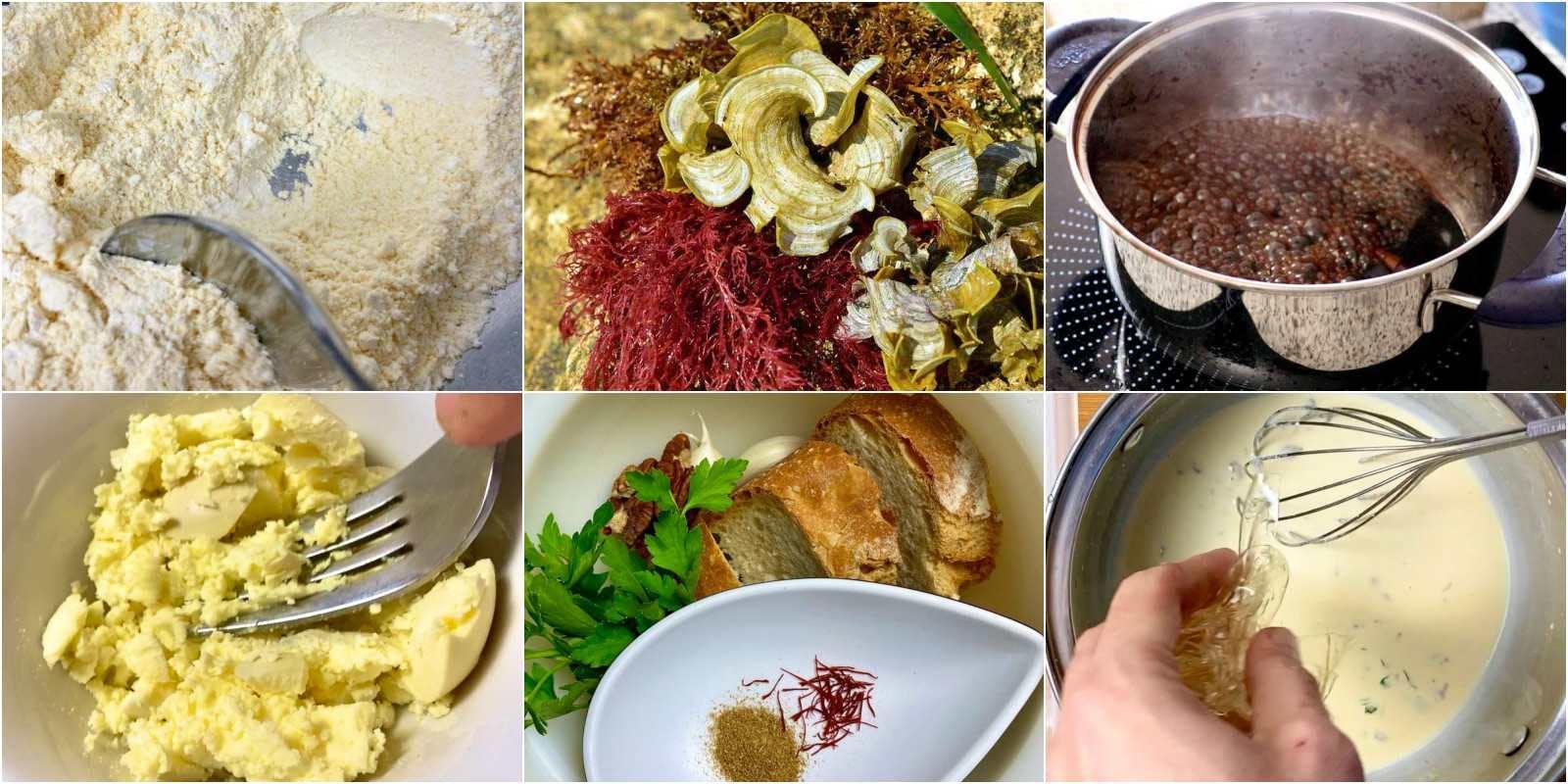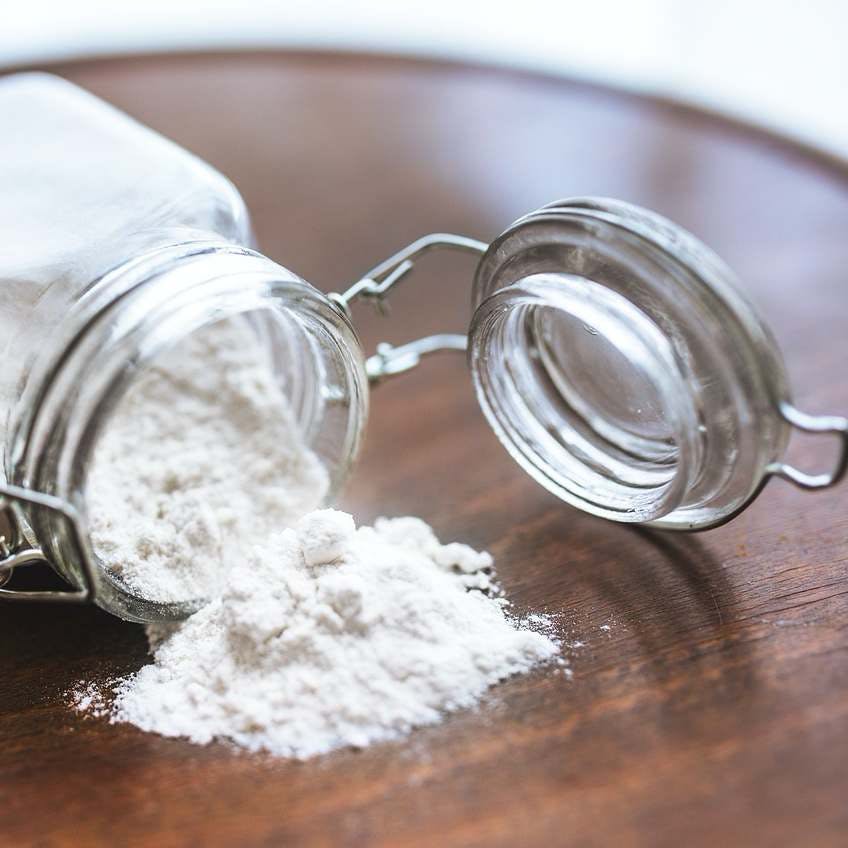Cooking with Texture: Unlocking the Power of Thickeners in Your Kitchen
This week, we will explore one of the most important aspects of cooking: the world of thickeners and how to use them to achieve the perfect texture in sauces and preparations. I'll share some tricks for rescuing overly thin sauces and provide practical examples to experiment with in your kitchen.
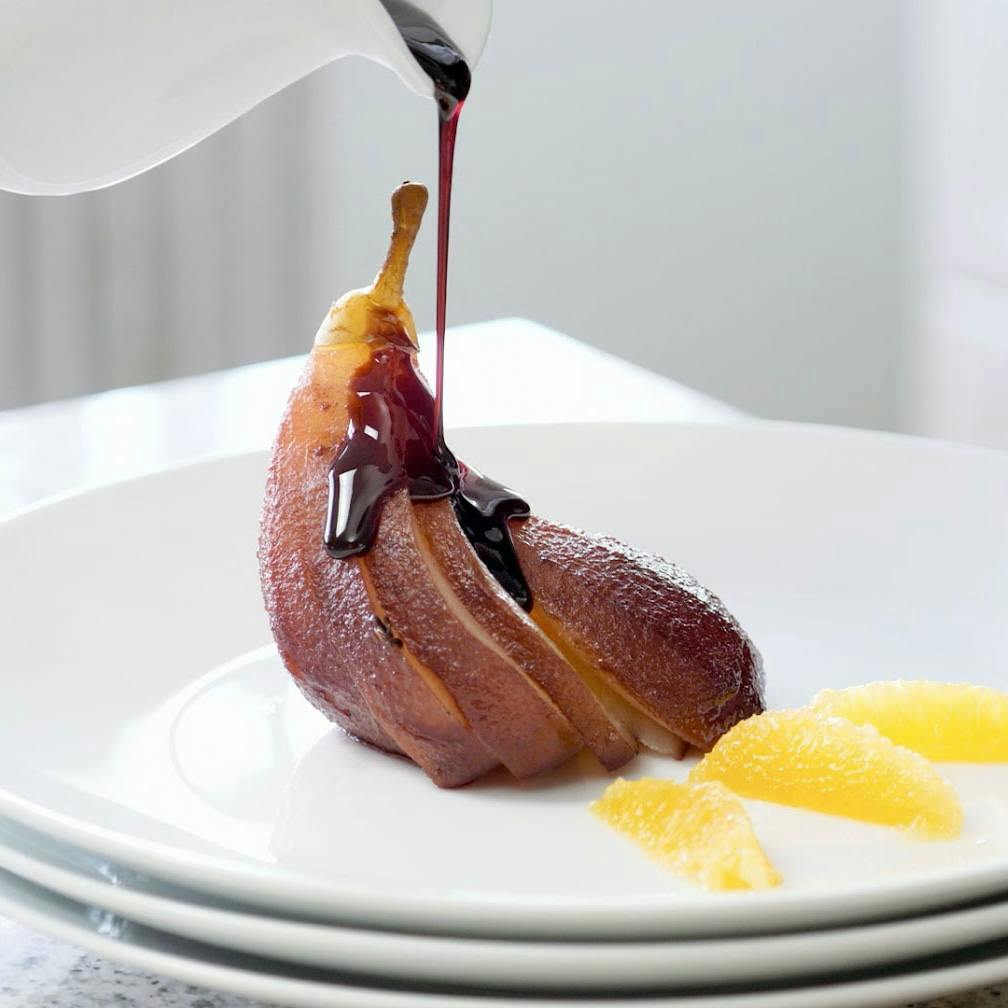
In traditional and contemporary cooking, various ingredients and culinary techniques are used as thickeners to add body and texture to dishes, from flours and starches to gelatin, pectin, and natural gums. These ingredients bring significant value to the culinary experience.
The right thickener choice depends on the preparation type and the desired results. In this article, I will show you some of the most common ingredients and culinary techniques used as thickeners in cooking, both in their traditional and contemporary forms.
Flours and Starches
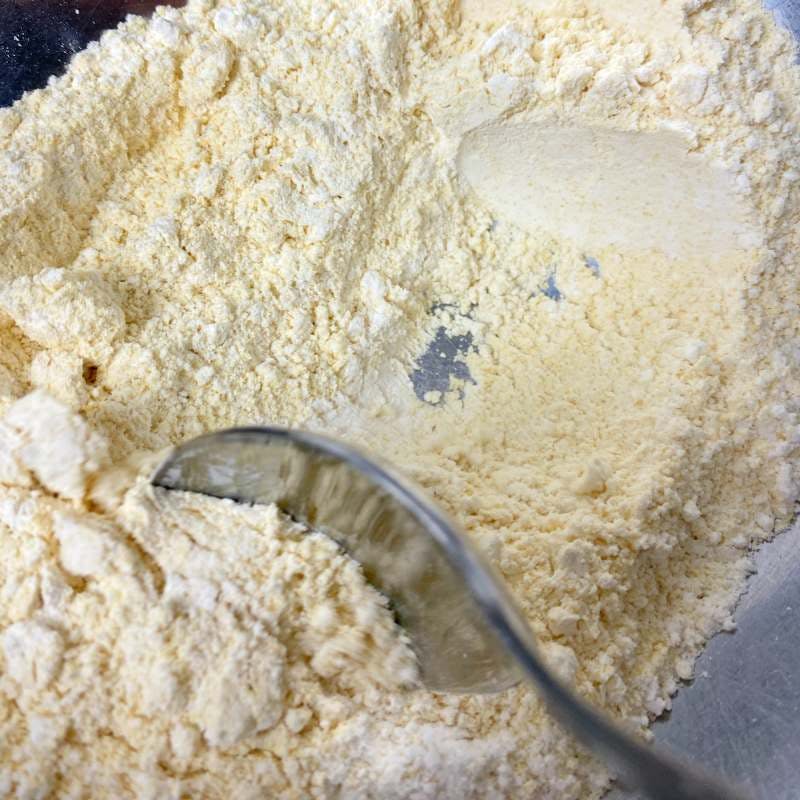
Flours and starches are widely used as thickeners in cooking. Examples include rice flour, tapioca flour, and potato starch. These ingredients are generally mixed with cold liquids before being added to hot. However, wheat flour is also cooked with butter or oil to make the famous Roux, a thickening mixture used in French and Spanish cuisine. It is prepared by cooking equal parts of flour and fat, usually butter until it becomes a smooth, golden paste. Roux thickens sauces, soups, and stews, and its toasting level determines the intensity of flavour and colour.
Preparation of Roux:
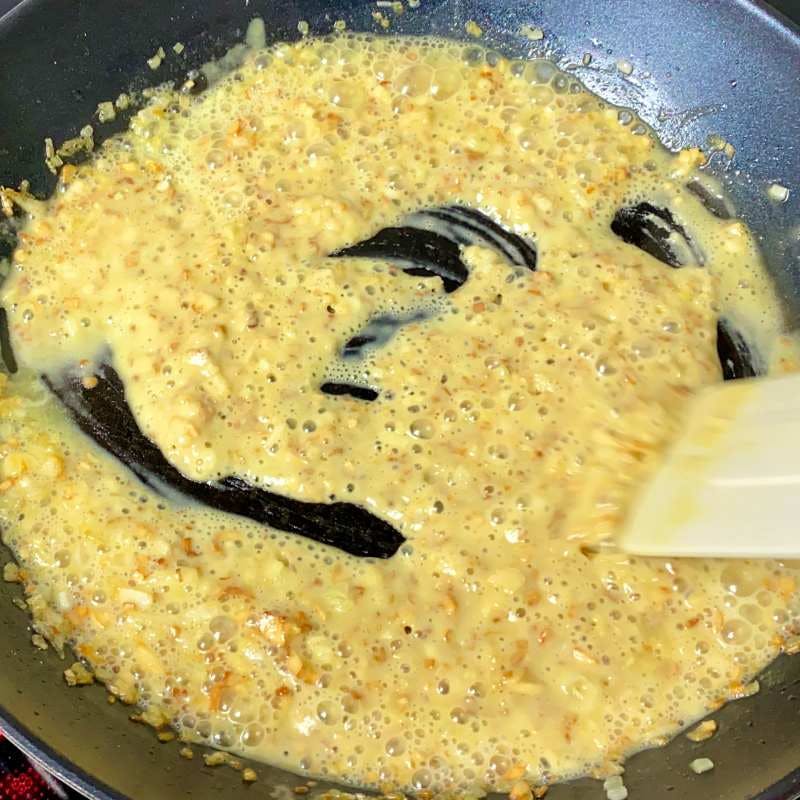
- Melt the fat in a skillet over medium-low heat.
- Gradually add the flour, stirring constantly until a smooth paste is formed.
- Continue cooking the Roux over low heat for a few minutes, constantly stirring, until it reaches the desired colour: white, blond, or dark.
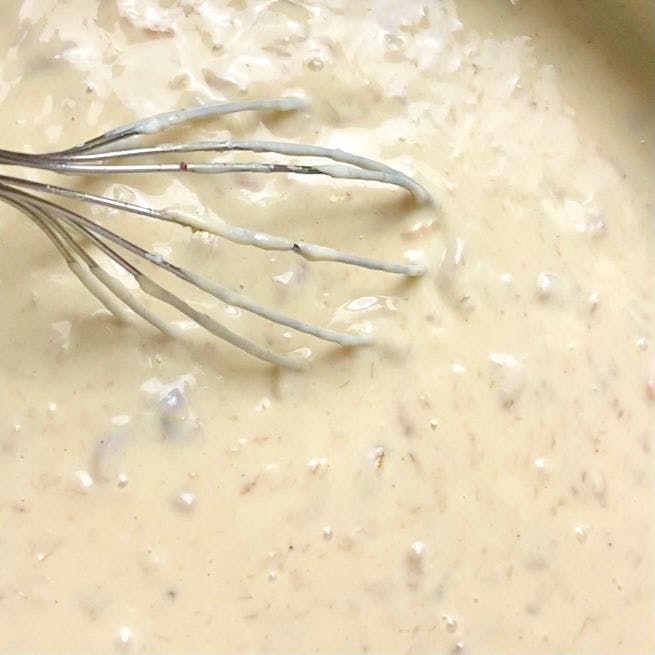
An example of using Roux as a thickener is the béchamel sauce. Prepare a blond roux by mixing butter and flour. Gradually add hot milk, whisking, until a smooth and thick sauce is obtained. Use this sauce to gratin lasagnas, prepare croquettes or the base for other sauces.
Gelatins
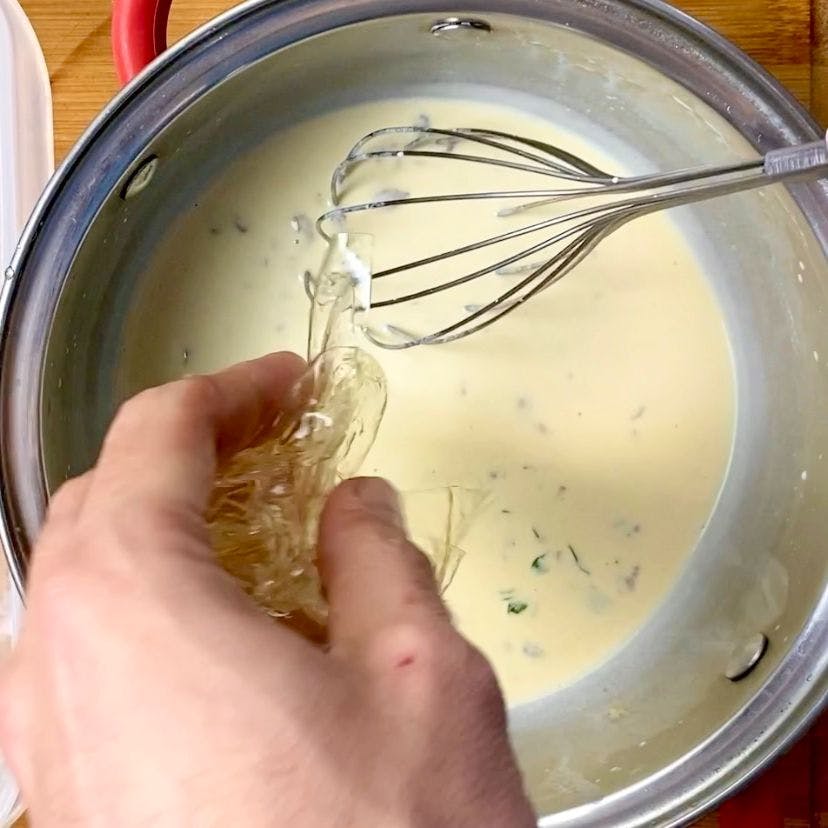
Gelatin is a widely known and used ingredient in cooking, especially in preparing desserts and baked goods. It is derived from animal parts such as beef and fish bones. It is also the vegan version in the market with the same format. Gelatin is softened in room-temperature water, dissolves in a hot liquid, and solidifies when cooled, creating a gelatinous texture.
Pectin
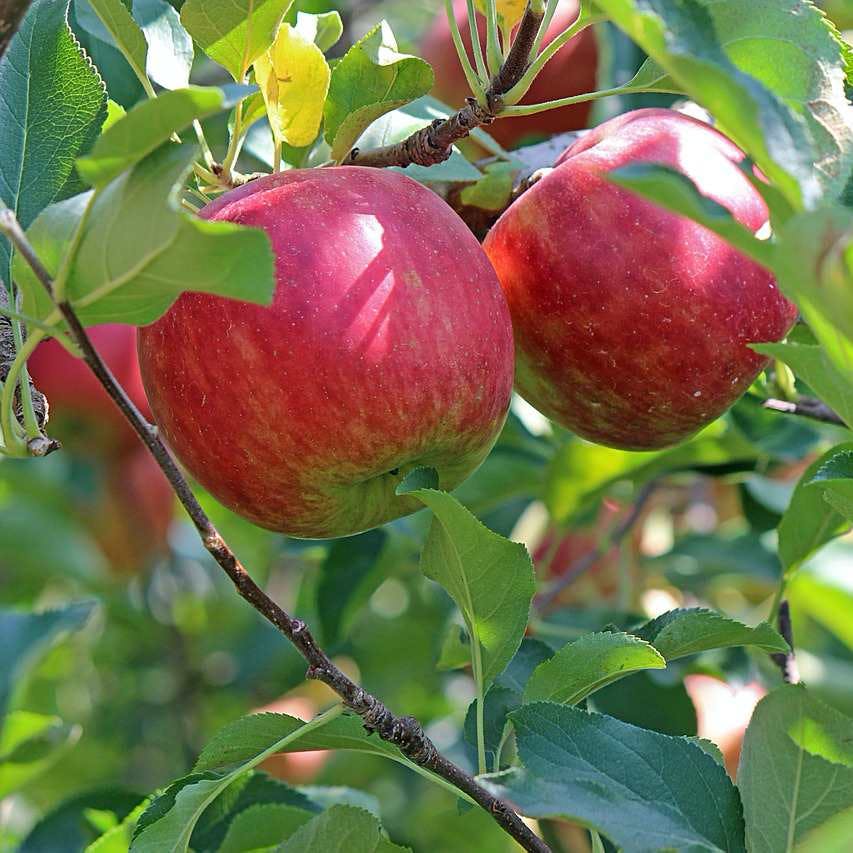
Pectin is a type of natural fibre found in fruits and commonly used as a thickener in cooking. It is mainly used to prepare jams and jellies, as it helps gel and give consistency to these preparations. Pectin can also be found in powder form and is used as a food additive in the industry.
Gums and natural Thickeners
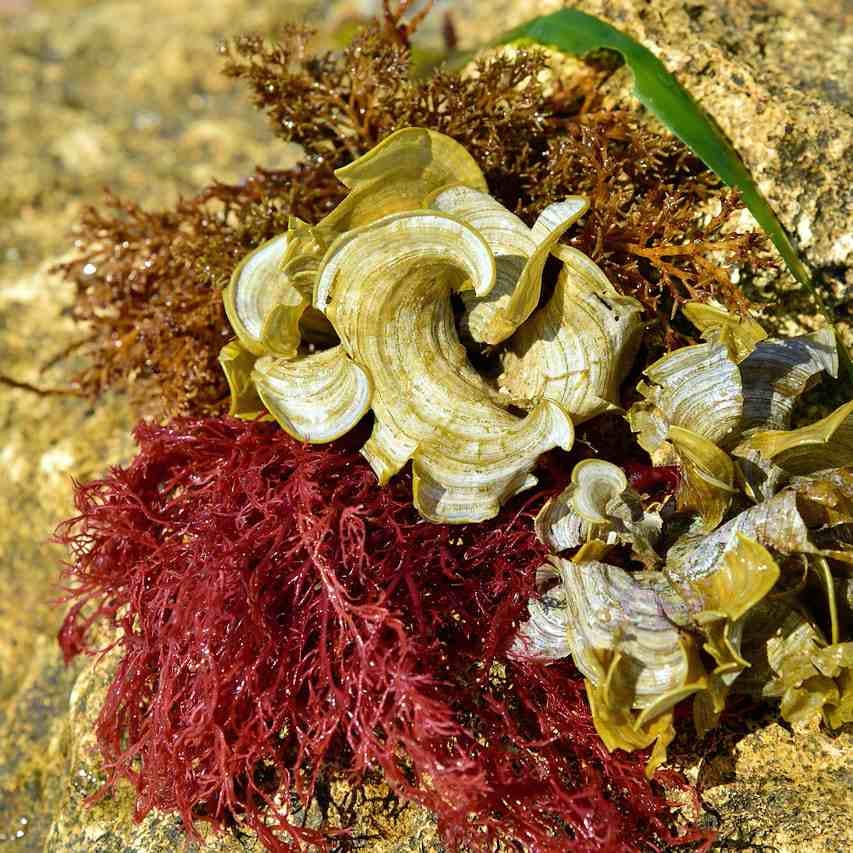
Various natural gums and thickeners have been introduced in modern cooking to provide unique texture and consistency. These include xanthan gum, guar gum, kuzu, agar-agar, and carrageenan. These vegan ingredients are made based on seaweed and natural resources. They are used in small quantities as they are particularly useful in avant-garde cooking, where experimentation with new textures and presentations is common.
There are many ways to use all these ingredients. For example, I use Xantana gum to give body and shine to one of my vinaigrettes.
Add half a teaspoon of xanthan gum for every half litre of vinaigrette and mix it with a hand blender or whisk. The shine and texture it adds are significant. Just make sure not to use too much and add it gradually, as it has high gelling power, and you could end up with an overly thick vinaigrette.
Reduction and Evaporation
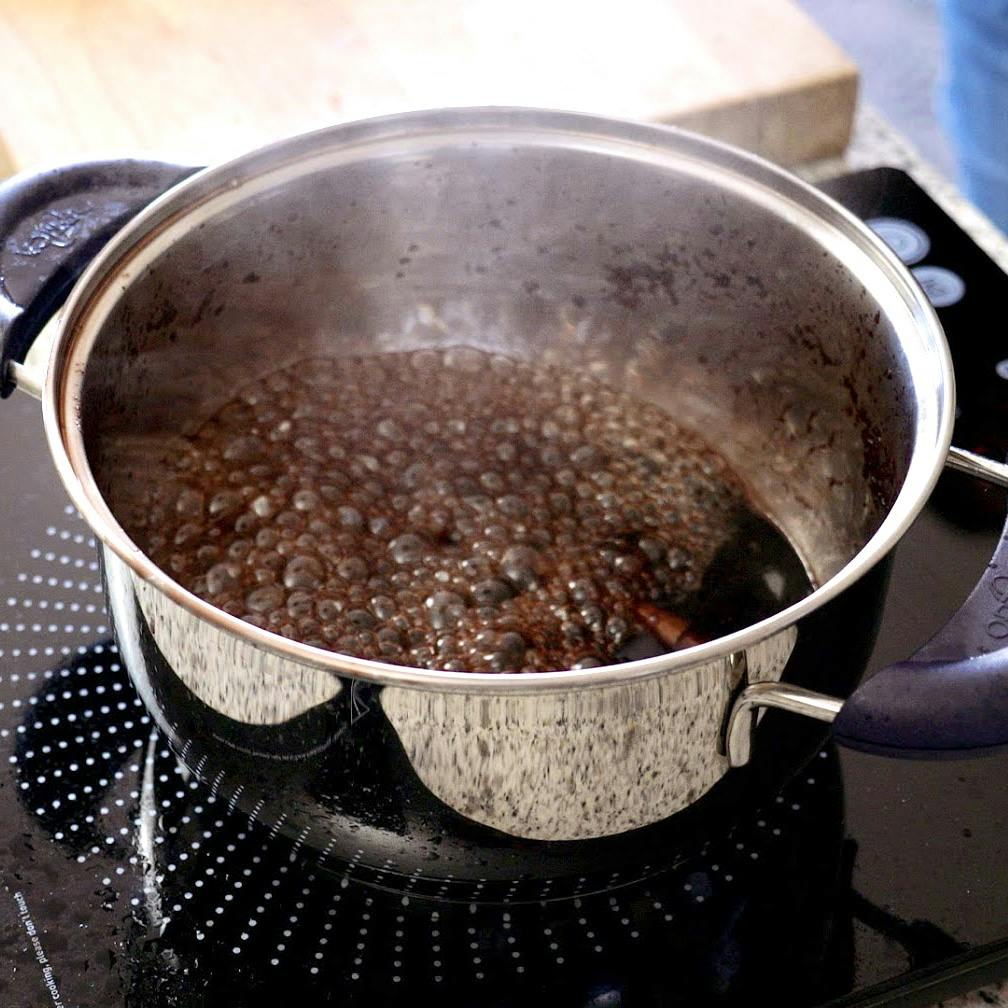
In addition to the mentioned ingredients, some culinary techniques are also used to thicken preparations. Reduction involves boiling a liquid to remove part of the water and concentrate the flavours. This allows for a thicker and more flavorful sauce. On the other hand, evaporation involves slowly removing water by applying heat, contributing to the density and consistency of preparations.
Majado
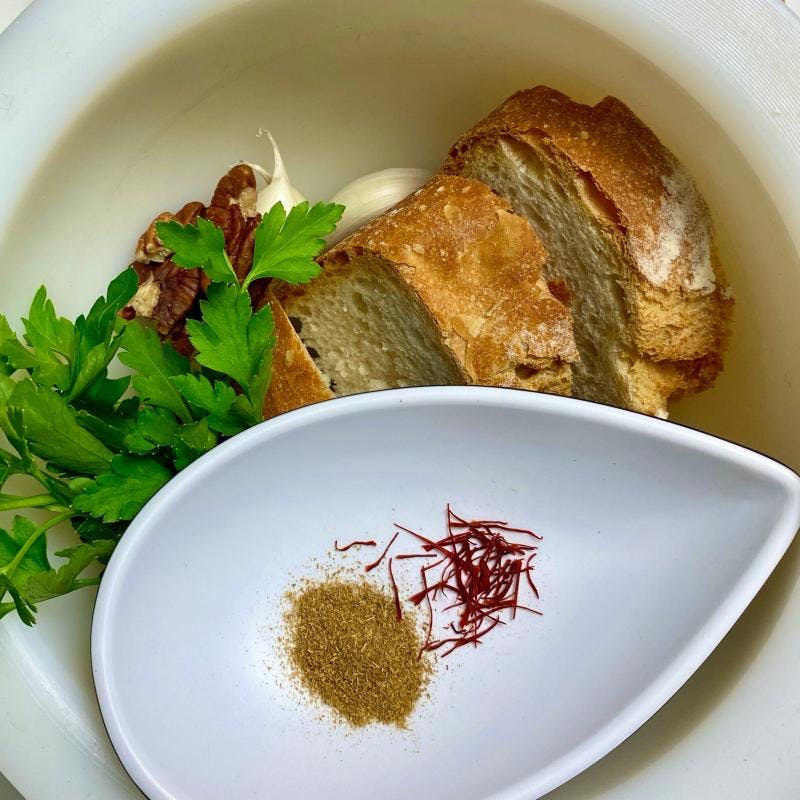
It is prepared by pounding ingredients such as boiled potatoes, nuts, spices or garlic in a mortar and pestle, salt, oil and other seasonings ingredients, depending on the region. It is used as an accompaniment or to give texture and flavour to stews and hot dishes. Majado originates from Spain, the Canary Islands, Colombia and Venezuela and is heavily influenced by Arabic cuisine.
Other Thickeners
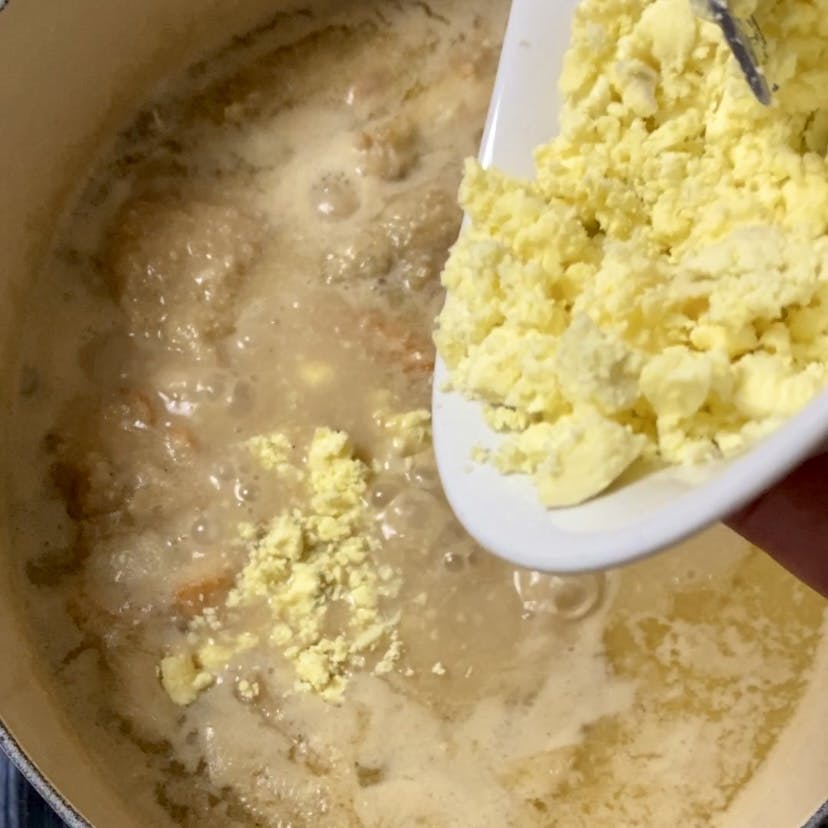
Boiled egg yolk: Used to bind or thicken stews or vinaigrettes.
Raw whole egg: Used in Meatballs, Steak Tartare and Mayonnaise.
Blood: Used in some sausages like blood sausage and stews like "Civet", a game meat stew made with wine, animal blood, and plenty of onions. The blood is added at the end of cooking, similar to the case of egg yolks.
Garlic: Only used in the case of ali-oli or aioli.
Seafood coral: Found in certain seafood heads or digestive systems of certain seafood such as shrimp, scallops, etc. It is one of the most aromatic parts of seafood. Due to its composition and properties, seafood coral is an ideal ingredient for fish emulsions, providing nutrients and aromas typical of seafood. It is also widely used in compound butter, where we use coral.
Hard bread : Used in Gazpacho, Sopa Perota, Castellan Soup.
Avocado: Used in vegan pastry (Chocolate Mousse) and some Spanish sauces, for example, "Mojo Verde" for the Canary boiled potatoes.
I hope you found this article interesting and useful. Now it's your turn to experiment. Let your culinary creativity soar, and enjoy surprising textures and delicious flavours!
Check these Recipe links where you can apply the thickeners mentioned in this article:
We'll see you soon with a new recipe.
Have a tasty day!
